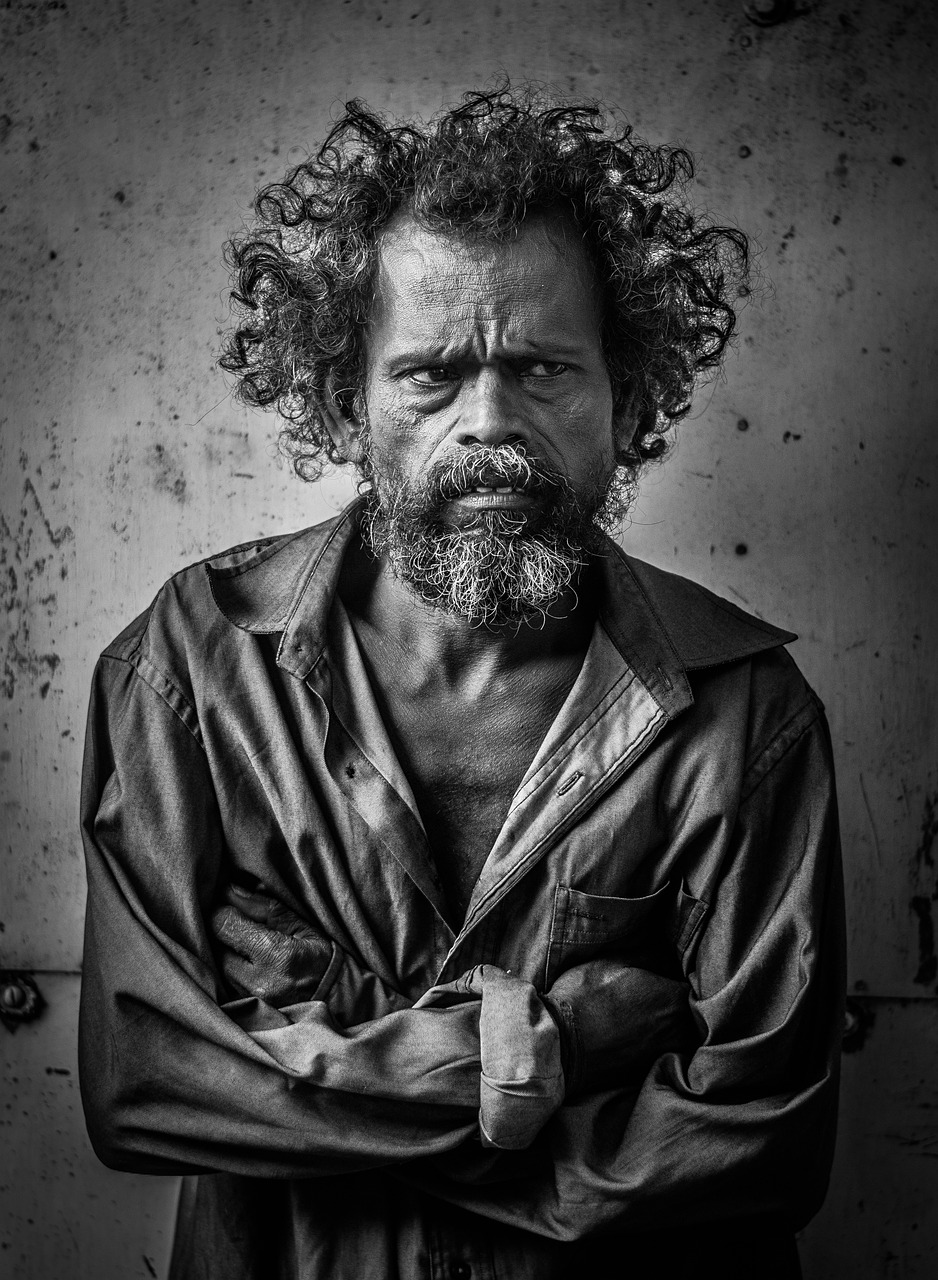
Incorporating the Intricacies of Caste and Religion in the Landscape of Indian Democracy
Within the intricate tapestry of Indian democracy, two significant facets—namely, caste and religion—embrace pivotal roles that meticulously sculpt the political, social, and cultural terrain of the nation. With profound historical roots, these aspects seamlessly intertwine, intricately influencing the country’s identity and governance. Let us embark on an exploration of the entwined dynamics of caste and religion within the framework of Indian democracy.
Caste’s Role Unveiled in the Spectrum of Indian Democracy
Caste, an intricate system of social stratification, has perpetually occupied a vital slot within the fabric of Indian society, spanning across centuries. Against the backdrop of democracy, politics colored by the dimensions of caste unfurls both affirmative and negative consequences. While one perspective guarantees representation for marginalized communities burdened by history, allowing their voices to resonate, the other sphere inadvertently nurtures divisions and perpetuates the web of inequality.
Unraveling Caste as a Political Identity
Women’s Rights in Indian Democracy: Empowering Half the Population
The socio-political undercurrents woven within the fabric of caste identity often metamorphose into potent political instruments, thereby fashioning voting patterns and wielding an undeniable sway over election outcomes. Strategic alignment of political parties with specific caste groups to garner electoral favor has sired the emergence of caste-driven political entities, earnestly championing the aspirations of designated communities. While this manifestation triumphantly materializes representation, it also ensnares the broader discourse of policy formulation in a labyrinth of narrow confines.
Navigating the Convolution of Affirmative Action and Social Justice
Embedded within the crux of Indian democracy is a conscious acknowledgement of historical caste-based discrimination, enshrined in affirmative action policies. Quotas designated for reservations in education and government appointments strive towards the emancipation of marginalized castes. A commendable endeavor, aimed at addressing historical injustices and nurturing a society of enhanced equity. However, this initiative remains ensnared in a quagmire of debates, wherein notions of meritocracy and impartiality incessantly clash.
Religion’s Footprint on the Landscape of Indian Democracy
Religion, an indelible thread seamlessly woven into the cultural tapestry of India, exercises substantial influence over the nuances of political dynamics. The coalescence of diverse religious factions furnishes fertile grounds for unity, while simultaneously casting a looming shadow of sectarianism.
Harmonizing Religious Pluralism and Unity
The democratic milieu of India joyously extols the tapestry of religious diversity that defines its core. Advocating the virtues of secularism and embracing tolerance, the constitution valiantly safeguards the freedom to propagate and practice one’s faith. This principle of pluralism stands tall as a cornerstone of the nation’s identity, facilitating unity amidst a spectrum of differences.
Nurturing Communalism and Polarization
The Role of the Media in Indian Democracy
Conversely, religion’s allure as a conduit for political capitalization harbors the potential to manifest as communalism and polarization. The realm of identity-based politics kindles the flames of religious tension, striking a blow to the delicate balance of social harmony. The electoral narrative, when steeped in appeals to religious sentiments, treads perilously close to exacerbating the gaping chasms of division.
Steadying the Scale: Democracy, Caste, and Religion
The dynamics encapsulating the multifaceted association between democracy, caste, and religion necessitates a surgical equilibrium. Straddling the fine line between ensuring representation, safeguarding individual rights, and confronting the tribulations precipitated by the chasms of identity politics, emerges as a formidable challenge.
Empowering Voices of the Marginalized
The bedrock of democracy stands fortified by the empowerment of marginalized echelons, be they rooted in caste or religion. Policies that facilitate the upliftment of communities historically consigned to the margins stand as testaments to inclusivity and social justice.
Championing the Mantle of Inclusiveness
In a spirited attempt to circumvent the negative repercussions often associated with identity-driven politics, the onus falls upon India’s democracy to zealously champion the banner of inclusiveness. In essence, fostering a resonant national identity capable of transcending the realms of caste and religion, steadfastly prioritizing collective aspirations and shared ideals.
What Are the Challenges to Democracy in India?
Concluding Remark
In the intricate narrative that constitutes Indian democracy, the threads of caste and religion weave a complex tapestry. While inherently equipped with the potential to bolster representation and amplify diversity, these dimensions concurrently wield the power to sow the seeds of division. The journey to navigate these complexities mandates an unwavering commitment to democracy’s bedrock principles, complemented by the strategic navigation of the challenges ushered in by the realm of identity-based politics. In the ever-evolving landscape of Indian democracy, the pursuit of unity amidst diversity remains an unflagging aspiration.
Cultivating Discourse and Forging Bonds through Interfaith Dialogue
In the labyrinthine maze of complexities enveloping the realm of caste and religion within Indian democracy, a clarion call for the fostering of interfaith dialogue emerges as an imperative. The nurturing of candid exchanges that fuel tolerance and mutual respect among the diverse religious cohorts within the nation’s milieu assumes paramount significance.
Comprehensive Guide to Elections: Understanding the Democratic Process

Education’s Catalystic Role in Catalyzing Change
The pedagogical sphere emerges as a formidable platform to challenge the ingrained prejudices and preconceived notions pertaining to caste and religion. By propounding an inclusive curriculum that underscores the collective contributions of all communities, Indian democracy possesses the potential to cultivate a generation steeped in an unswerving reverence for diversity and unity.
Addressing Socioeconomic Disparities
Caste and religion often intersect with the fault lines of socioeconomic disparity. Within the contours of Indian democracy, the endeavor to rectify these discrepancies is channeled through meticulously designed policies that ensure unimpeded access to quality education, healthcare, and economic avenues for every citizen, irrespective of their origins.
Harnessing Technology to Propel Social Advancement
Within the annals of the digital epoch, technology’s potential to serve as a beacon of transformative change beckons. Indian democracy stands primed to harness technology’s prowess to amplify the voices of the marginalized, disseminate information, and sculpt platforms that harbor substantive dialogues.
Championing Digital Inclusion and Accessibility
The mantle of digital inclusion emerges as a non-negotiable imperative. Democratizing access to online resources, information, and governmental services is an edict that transcends barriers entrenched in the realms of caste and religion.
Contending with the Menace of Online Hate Speech
Technology, however, introduces its own unique set of challenges, chief among them being the rampant proliferation of online hate speech. To this end, Indian democracy’s mandate includes combating the propagation of divisive content that fans the flames of religious and caste-based animosity.
The Youth as Catalysts for a Future Harmonized in Unity
Within the hands of India’s youth resides the power to mold the contours of the nation’s future. Through the cultivation of values underscored by inclusivity, tolerance, and social responsibility, Indian democracy beckons to empower the youth to helm the helm, steering the nation towards a harmonious destiny.
How the New District in Rajasthan Could Impact State Politics
Frequently Asked Questions (FAQs)
Q: How do caste and religion impact Indian democracy?
A: Caste and religion intricately influence the dynamics of Indian democracy, shaping political alignments, policies, and social interactions. They play roles both in fostering inclusivity and unity, as well as in perpetuating divisions and identity-based politics.
Q: What is the significance of caste-based politics in Indian democracy?
A: Caste-based politics involves aligning political parties with specific castes to secure electoral support. This practice has both positive and negative effects, as it ensures representation for marginalized communities while potentially limiting broader policy discussions.
Q: How does religion affect the unity of Indian democracy?
A: Religion contributes to both unity and division in Indian democracy. While the nation celebrates religious diversity and secures freedom of practice, it can also be exploited for political gain, leading to communalism and polarization.
Q: What are affirmative action policies in Indian democracy?
A: Affirmative action policies, such as reservation quotas, aim to uplift historically marginalized castes. These policies acknowledge past injustices and strive to create a more equitable society, but they also spark debates regarding fairness and meritocracy.
Q: How can Indian democracy promote inclusivity amidst caste and religious diversity?
A: Indian democracy can promote inclusivity by fostering a sense of national identity that transcends caste and religion. Prioritizing shared goals and values can mitigate the negative impacts of identity-based politics.
Q: What role does technology play in addressing social disparities within Indian democracy?
A: Technology can bridge socioeconomic gaps by providing access to information, education, and services. However, it also poses challenges, such as combating online hate speech and ensuring digital inclusion.
Q: How can the youth contribute to a harmonious future for Indian democracy?
A: The youth can shape a harmonious future by promoting values of inclusivity, tolerance, and social responsibility. Their engagement in policy-making ensures that their perspectives contribute to building a united and equitable nation.